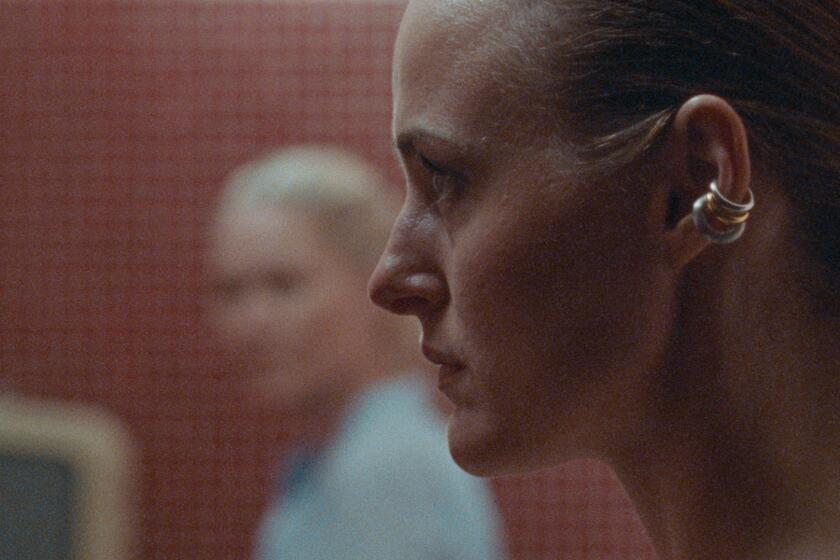It Really Only Takes One Producer to Make a Movie
- Share via
The two articles that Sunday Calendar published regarding the multiplicity of “producer” credits in movies and TV (“Such a Production,” Dec. 8, by Robert W. Welkos and “It’s a Control Thing” by Michelle Willens, April 11) didn’t mention the several projects shooting today, smoothly and under a single producer--nor recall how well pictures were managed before the manipulators of today muddled up the scene. Carroll O’Connor never had it so good as when he was in “All in the Family” under the producer expertise of Norman Lear. O’Connor exposes another blind spot when he says of his show, “. . . what goes on that screen is 100% mine.” There is no 10 feet of film, much less 5,000 feet, that is 100% anyone’s.
Understanding why some operations work so well today and hodgepodge organizational practices don’t lies in comprehending the following truism: Movie-making is a cooperative enterprise of skilled artists whose effectiveness, both in terms of high-quality results and prudent cost, depends on the strength of their cohesion to a concept and to one another. That cohesion is planned and engineered best by an equally skilled professional: the producer--a person with an overview, an overseer. And there is no better way to disrupt a tightly knit team than to assign several overseers or one overseer who is not their equal professionally. There is no orchestra that could get through a symphony with two or three conductors (no matter how bright they are musically).
A good producer is a highly trained specialist (not a financier, a know-it-all player or a power-juiced agent) with experience around stories and storytelling, budgets and payrolls, and a curiosity about how the movie crew accomplishes its miracles. With years of background, this person is qualified to be a creative administrator to those very geniuses--not to tell them how to do it, but to understand the range of their capabilities and push them to their best work. And, understanding the value of each job in the jigsaw puzzle, see it fully realized--maybe enhanced--as it goes through the hands of other geniuses toward the picture they all planned for.
This requires constant attention, not the spare-time focus of a player or a writer or a director. This is not a matter of titles; it is a specific function. When it is spread out, mistakes are made (for example, a “line producer” was not present when the tiny creative stroke of a red Rolls-Royce for the leading lady was decided upon--she’s flamboyant; so the one in charge OKs a black Mercedes). Spreading the producer function around is costing management both money and quality; their product is becoming a committee-designed horse. (Remember the joke? You get a camel.)
Costs mount when crew members do not know who to turn to. If an important bit actor can’t report tomorrow, do you reschedule and face the resulting turmoil and wait for the actor? Or recast?
Can’t ask the player-producer busy shooting an important scene. Can’t ask the associate producer or the co-executive producer, for they’re never around and wouldn’t understand the implications of the problem if they were. Money will be wasted by procrastinating and, perhaps, the right actor for the part will be lost.
There are other important matters on a producer’s desk that others do not know about--but it took me 200 book pages to cover what I’m trying to say here; I only hope that it becomes clear that the muddle that Welkos and Willens reported on so well is a farce that will soon correct itself. There are plenty of highly qualified or soon-to-be qualified producers out there.
More to Read
Only good movies
Get the Indie Focus newsletter, Mark Olsen's weekly guide to the world of cinema.
You may occasionally receive promotional content from the Los Angeles Times.










